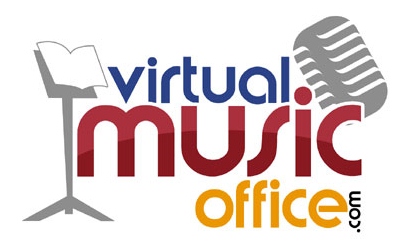10+ Values Marching Band Students learn
By John Gardner
 See Teens At Their Best
See Teens At Their Best
This is a followup article to an article, “14 Ways to Volunteer for a Marching Band to Appreciate and Applaud what is Good about Teenage America”, which focused on ways to share your talents and abilities and experience the youthful, enthusiastic atmosphere around a marching band during competition season. This post focuses on some of the values marching band students learn.
Some larger competitions can involve dozens of bands with thousands of students with nothing resembling the level of supervision in a high school before or after school or as classes change. For the most part, band parents and the directors are the only ones with direct oversight….. and after a performance, most students are free to congregate back at the stadium to watch the other bands as they mix and mingle.
In uniform, before a performance, you’ll see focused faces as students prepare to do what they are there to do. You might see them move quietly and in formation from the bus area to visual and musical warmup and then to the stadium.
Band students learn dedication, commitment and
that striving for excellence is a worthy goal.
—————————————————————–
Most marching band operations are very structured with responsibility and accountability. There are seniors, section leaders, drum majors, staff, directors (where do I put parents in this list) all with authority over the band student. Participants appreciate compliance and cooperation.
Band students learn the value of,
and respect for chain of command.
—————————————————————–
Unlike a basketball team with its starting five, there is no bench in marching band. Everybody is in. Everybody is a starter. Few other types of groups will involve people from varied backgrounds. There are children of doctors and lawyers marching with children of single-parents working multiple jobs or utilizing government help. There are the students who have their own cars and those who need rides, those with the iPhones and the free phones or no phone. You will find students in most bands from every church in the community and others who have never been inside a church. And yet, with all these differences, when they put that uniform on (actually, even before they dress)…..they are all on the same team, all equal. A good result requires the best from everyone. Students learn teamwork and cooperate with those outside their friend circle.
Band students learn to cooperate and collaborate
with those from different backgrounds and capabilities.
—————————————————————–
You will see students cheer and applaud for good performances of other groups, including those with whom they compete. You’ll see them wishing each other good luck, especially when a band is transiting through the pre-show stages and passing others who have either already performed or have a while yet to go. At a competition, I saw a band applauding the same-county rival band and the new band that their previous director had transferred to. When our band was relaxing and enjoying a band-parent-provided soup & chili bar supper following a recent performance, a competitor band passed by, still in uniform, returning from the field following their performance. Our students applauded their rival until the last one had passed. One of their directors found me to tell me that, “Your students are a class act.” That is sportsmanship….or should I call it bandsmanship?
Band students learn good sportsmanship.
—————————————————————–
Marching band is a time-consuming extreme weather sport. Summer rehearsals are in extreme heat and often go 8+hours a day for multiple weeks before school starting in the fall. Think about the temperatures in September and then imagine putting on a winter coat, hat and gloves and running around a football field at a fast pace. But then, by the time mid-October comes, it gets cold enough that students are wearing under armor and other garments under the uniform to try to stay warm. Then, add periodic rain. Sometimes they have to move rehearsals in and outside to avoid it and other times they get wet. When school starts, add 8-10 extra rehearsals Mon-Thur, 4-5 hrs for a Friday football game, then 12-14 hours on Saturday for a rehearsal, travel and competition — sometimes two.
Band students learn to commit, persevere and endure.
—————————————————————–
You’ll see both excited and disappointed students as the results are announced, but they will display professionalism many adults would be good to observe and learn from.
Band students learn that there are no shortcuts to success.
—————————————————————–
band “taught them” responsibility and accountability.
—————————————————————–Band students learn that they are individually important.
Band students learn to accept criticism, and that
self-esteem is raised through the achievement of excellence
Band students learn time management skills.
10+ Values Marching Band Students learn Read More »






 She wanted to “cash” a check. She didn’t specify why….just handed me a money bag and an envelope for the teller. Imagine…. a college student approaching a bank teller with a nearly blind senior citizen woman, and handing the teller an envelope containing a check, a note to “cash it” with specific instructions of how many of each denomination – and a money bag. I was unaware of the amount of the check until the teller summoned security, which quickly, but politely, positioned around us. Can you say awkward moment? The exchange with the teller went something like this:
She wanted to “cash” a check. She didn’t specify why….just handed me a money bag and an envelope for the teller. Imagine…. a college student approaching a bank teller with a nearly blind senior citizen woman, and handing the teller an envelope containing a check, a note to “cash it” with specific instructions of how many of each denomination – and a money bag. I was unaware of the amount of the check until the teller summoned security, which quickly, but politely, positioned around us. Can you say awkward moment? The exchange with the teller went something like this:






